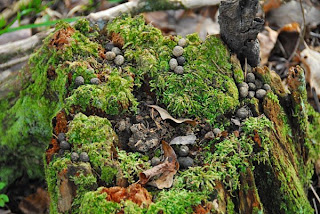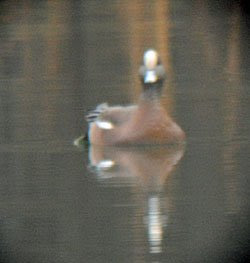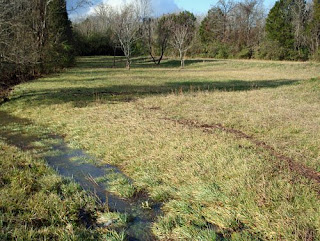
I was bitten by the genealogy bug.
I was also bitten by the 19th century fashion bug. More precisely, the bug pertaining to the period of fashion between 1840 and 1920. (The better to date old photos.)
The side effect is that I have become one of those people who wants to shout out historical inaccuracies in the middle of movies.
"They won an academy award for this?! Women didn't wear bustles in 1900!"
Or, "That sleeve wasn't invented until 1880!"
Even, "That dress has an 1840s bodice and a 1910 sleeve!"
And so on.
-----
The photo was taken in northwest Georgia, a little over 100 years ago. Judging from the baby's age and the plant growth: around September 1905. The two men in the middle (wearing bowties) are my ancestors three and four generations back. The older woman is my great-great-grandmother Martha, born in 1852. She's the daughter of
Julia Ann of the broken heart.
The baby in this picture, Ennis, died in a
Typhoid outbreak in July of 1921. A relative wrote:
"During the huckleberry season, about 9 people in our community had typhoid fever from drinking water from the stream in the mountain. Grace and I recovered." Seven others died.
My Mom told me that they normally started picking huckleberries on the 4th of July every year. Ennis died at one o'clock in the afternoon, on Sunday July 17th. He was 16 years old. (Antibiotic treatment for typhoid would not be available for another 27 years.)
I imagine his family had been frantic, calling two different doctors to see him. He had two death certificates, filled out by different doctors. The first began treating him on July 10th, and the second on July 13th.*
I love collecting stories about relatives from the past, but they are often so tragic.
The inscription on Ennis' tombstone reads, "Just in the morning of his day, In youth and love he died." This was apparently a fairly common saying to put on a young person's stone, and I wondered if it was from a poem.
I found in "Hymns for Christian Devotion" (copyright 1853!) one called "Death of a Scholar". It includes the lines,
Death has been here, and borne away
A brother from our side :
Just in the morning of his day,
As young as we he died.
I believe this was later changed in some churches, to this version I found listed from another tombstone:
Death has been here and born away
a brother from our side :
Just in the morning of his day,
In youth and love he died.
I also found "so fair and young he died" as an ending for this epitaph. It seemed to have been common to use just the last two lines.
-----
* A historian at the Georgia State Archives told me that she'd seen two death certificates for the same person before, but never from two different doctors.



























